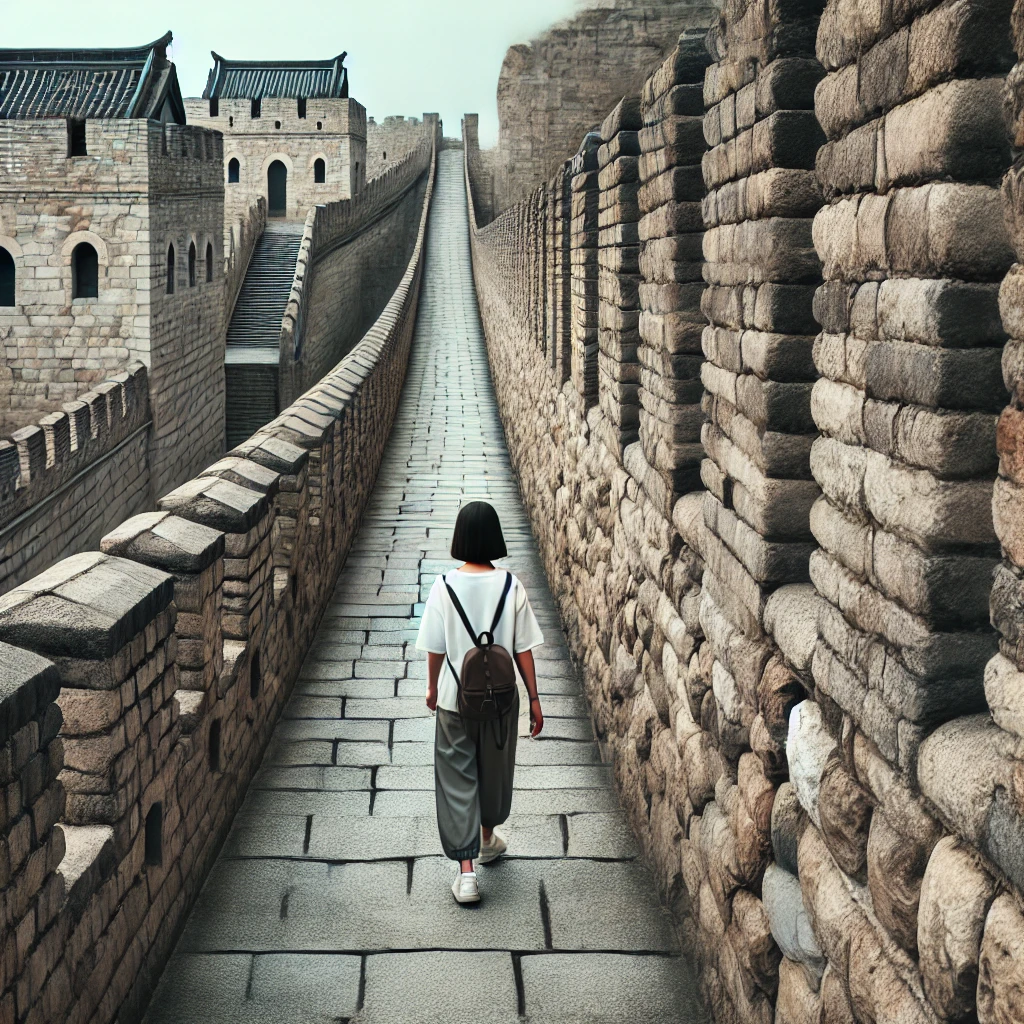ChatGPT:
Segovia, a historic city in central Spain, is renowned for its rich cultural heritage and architectural marvels. It is located in the Castile and León region, about 90 kilometers northwest of Madrid. The city’s origins trace back to Celtic settlers, but it became an important Roman city during the 1st century BCE.
Roman Era and the Aqueduct
Segovia is perhaps most famous for its Roman aqueduct, which was constructed around the late 1st or early 2nd century CE. This impressive feat of engineering, built without mortar, spans over 800 meters and was used to transport water from the nearby mountains into the city. The aqueduct symbolized Segovia’s significance in Roman times as a hub of communication and commerce.
Medieval Development
After the fall of the Roman Empire, Segovia was abandoned during the Visigoth and early Muslim periods but regained prominence after its repopulation by Christian settlers in the 11th century. During the Middle Ages, Segovia flourished as a textile manufacturing center and experienced substantial growth.
The Alcázar of Segovia, a fortress-palace, became a significant royal residence during this period. This castle-like structure, with its fairy-tale appearance, has been the backdrop to many key moments in Spanish history, including serving as a residence for Queen Isabella I, who was crowned there in 1474.
Renaissance and Decline
In the 16th century, Segovia reached its peak of prosperity during the reign of the Habsburgs. However, following this golden era, the city began to decline due to economic shifts and political changes. It struggled throughout the 17th and 18th centuries, experiencing depopulation and economic stagnation.
Modern Revival
The 19th and 20th centuries saw a revival of Segovia’s fortunes, particularly with its designation as a UNESCO World Heritage Site in 1985. The city’s architectural treasures, including the Roman aqueduct, the Gothic Segovia Cathedral (completed in 1577), and the Alcázar, drew increased attention from both scholars and tourists.
Today, Segovia is a thriving city that blends its historical legacy with modern life. It is a popular destination for tourists, renowned for its preserved medieval architecture, vibrant cultural scene, and local food specialties like cochinillo (roast suckling pig).
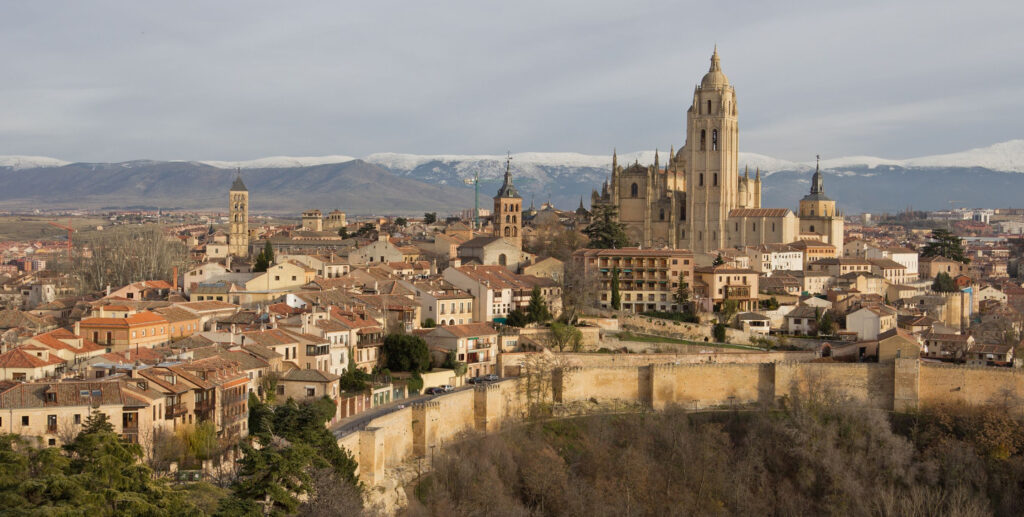
Segovia is rich with historical monuments and tourist attractions that showcase its cultural and architectural significance. Here’s a list of some of the most notable sites:
1. Aqueduct of Segovia
• One of the best-preserved Roman aqueducts in the world, built around the 1st or 2nd century CE. This iconic structure is made of 166 arches and spans over 800 meters. It’s a symbol of Segovia and a UNESCO World Heritage site.
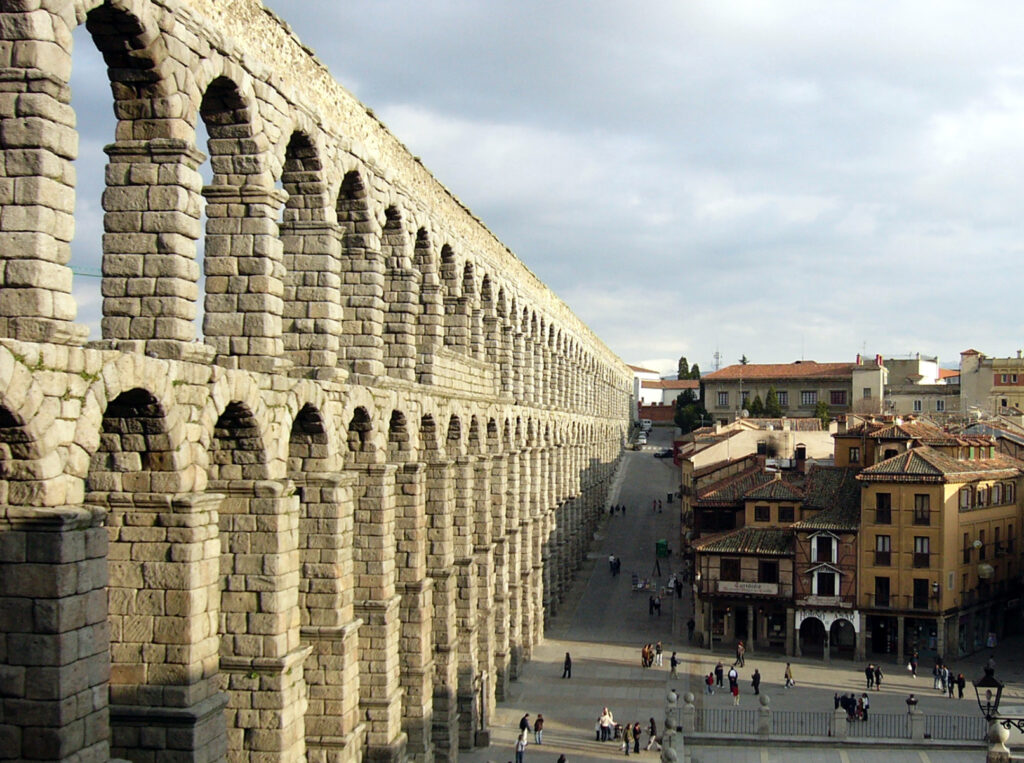
2. Alcázar of Segovia
• A fairy-tale-like castle perched on a rocky hill, the Alcázar has served as a royal palace, a fortress, a prison, and a military academy. It is known for its elegant architecture, including a moat and turrets. Visitors can explore its rooms, courtyards, and enjoy panoramic views from the tower.
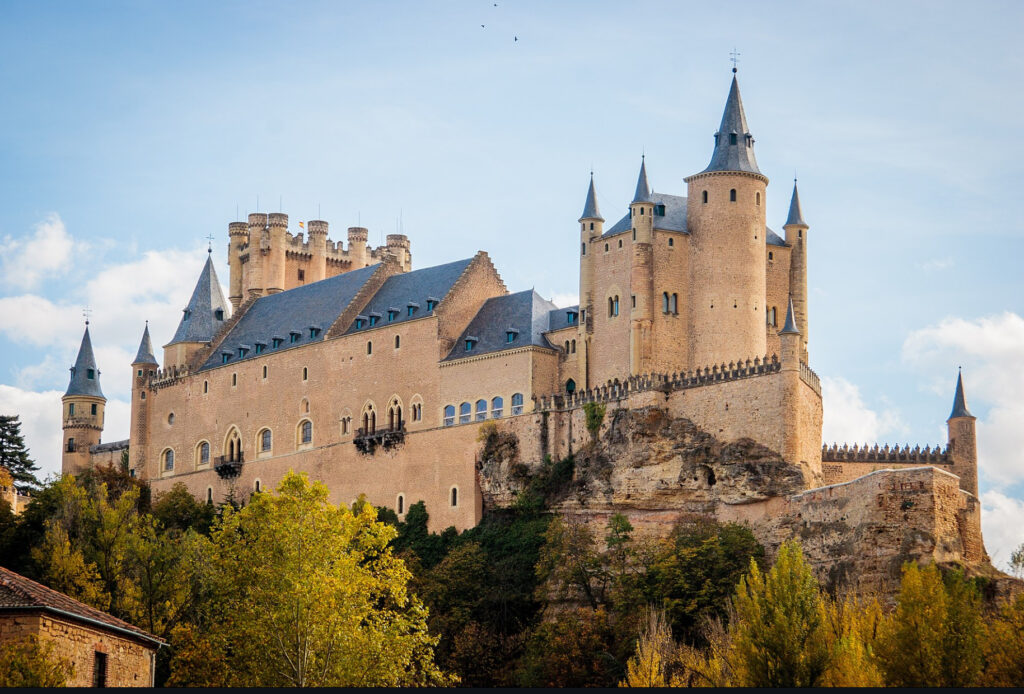
3. Segovia Cathedral
• Known as the “Lady of Cathedrals,” this late Gothic structure was completed in 1577. It’s located in the Plaza Mayor and is one of the last Gothic cathedrals built in Spain. Its towering structure and beautiful interior, including chapels and stained glass, make it a must-see.
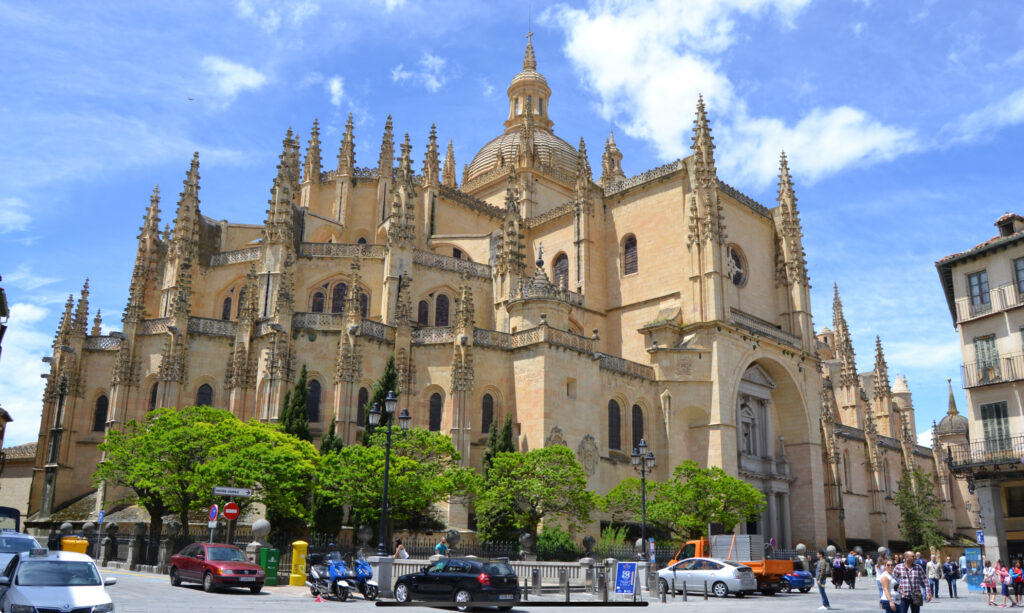
4. Plaza Mayor
• The central square of Segovia, where locals gather and many cultural events take place. It’s surrounded by important buildings, including the cathedral and the Juan Bravo Theatre. The square is a great spot for a leisurely stroll or a café break.
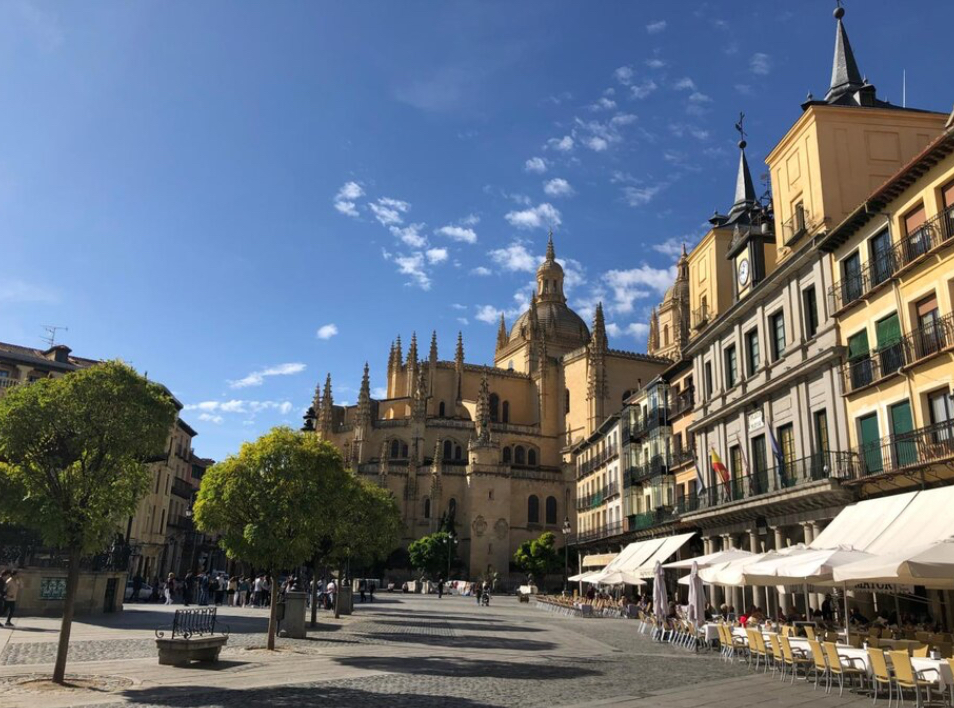
5. Monastery of San Antonio el Real
• A 15th-century monastery with a beautiful Mudejar-style ceiling and a peaceful cloister. The monastery houses religious artwork and is a tranquil escape from the busy city center.
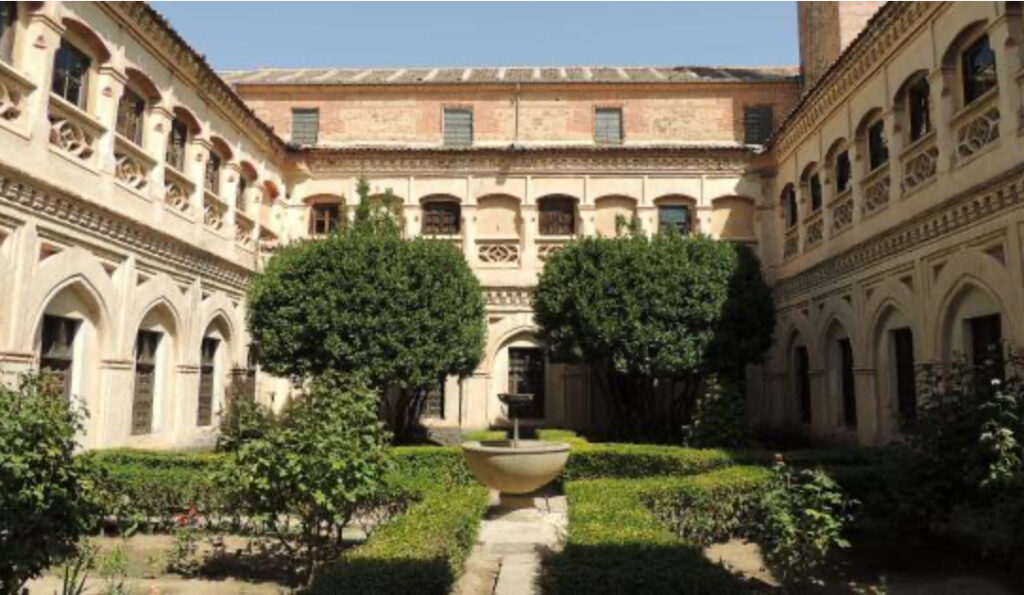
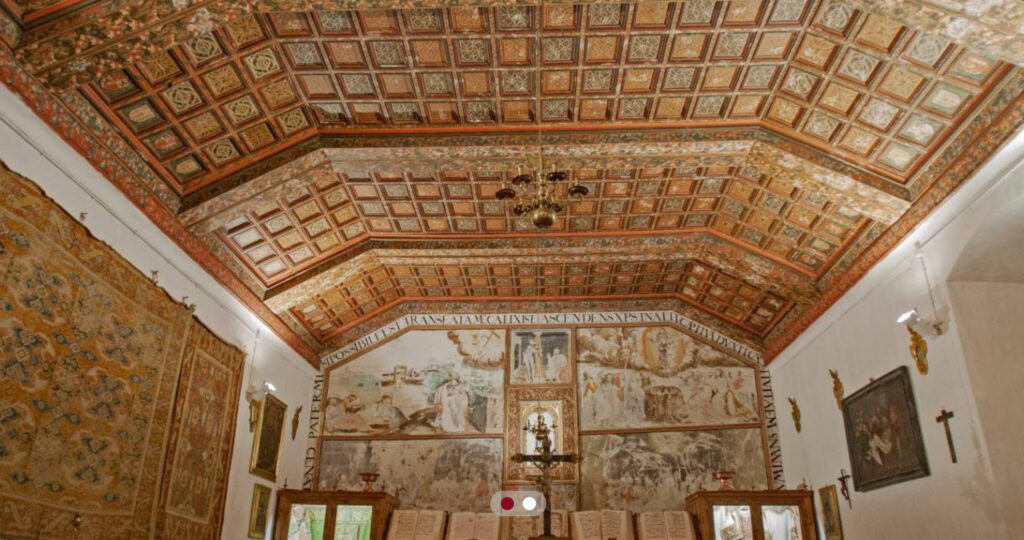
6. Iglesia de la Vera Cruz
• A Romanesque church built by the Knights Templar in the 13th century, located just outside the city. Its unique dodecagonal shape and simple yet striking interior are highlights for history and architecture enthusiasts.
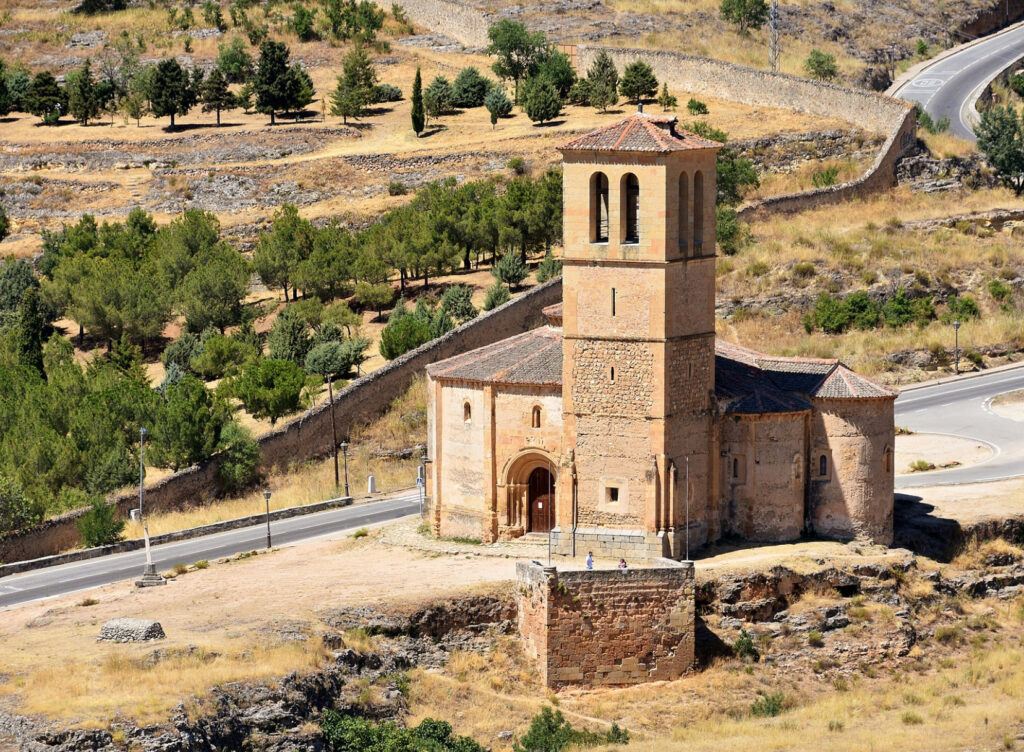
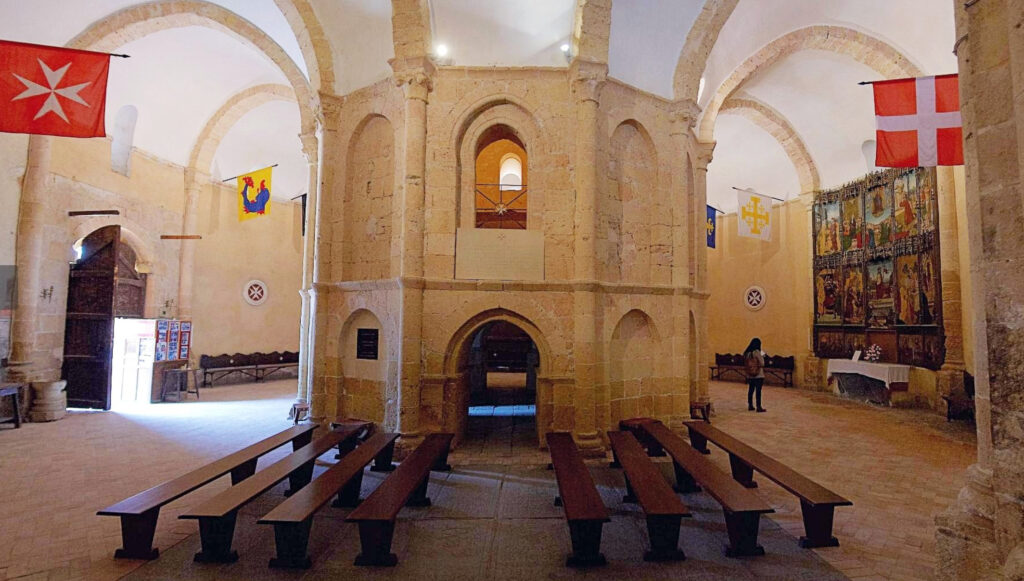
7. Royal Palace of La Granja de San Ildefonso
• Located about 11 kilometers from Segovia, this royal palace was built in the 18th century by King Philip V. It’s surrounded by extensive French-style gardens and fountains. The palace itself is known for its opulent rooms and Baroque architecture.
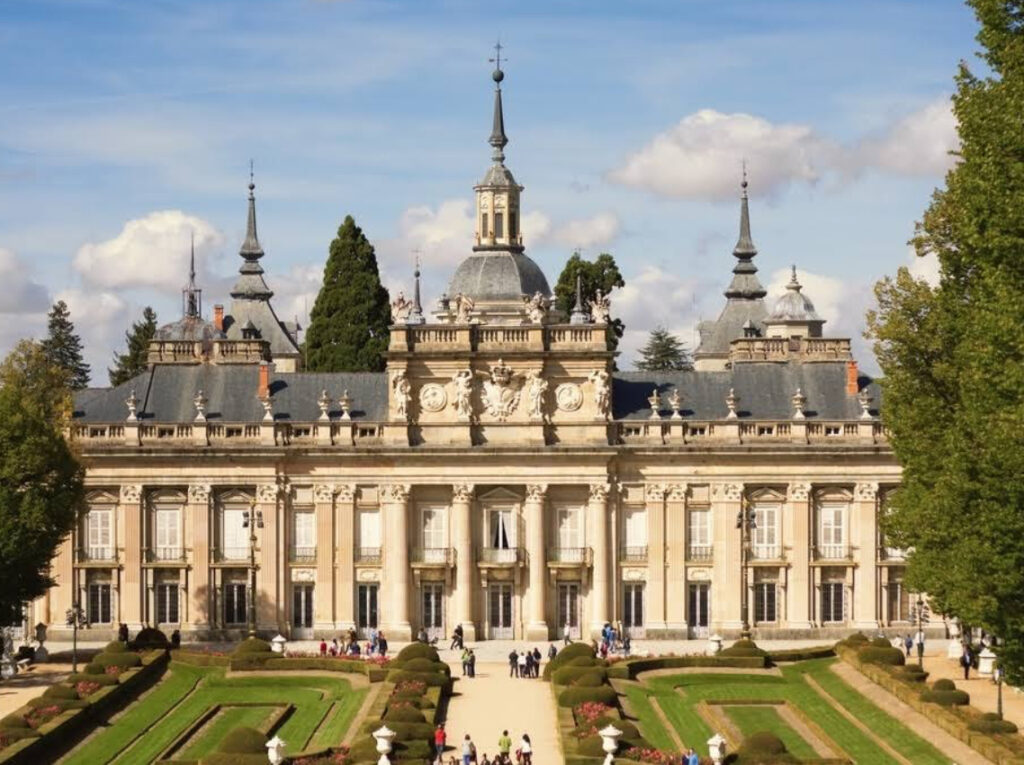
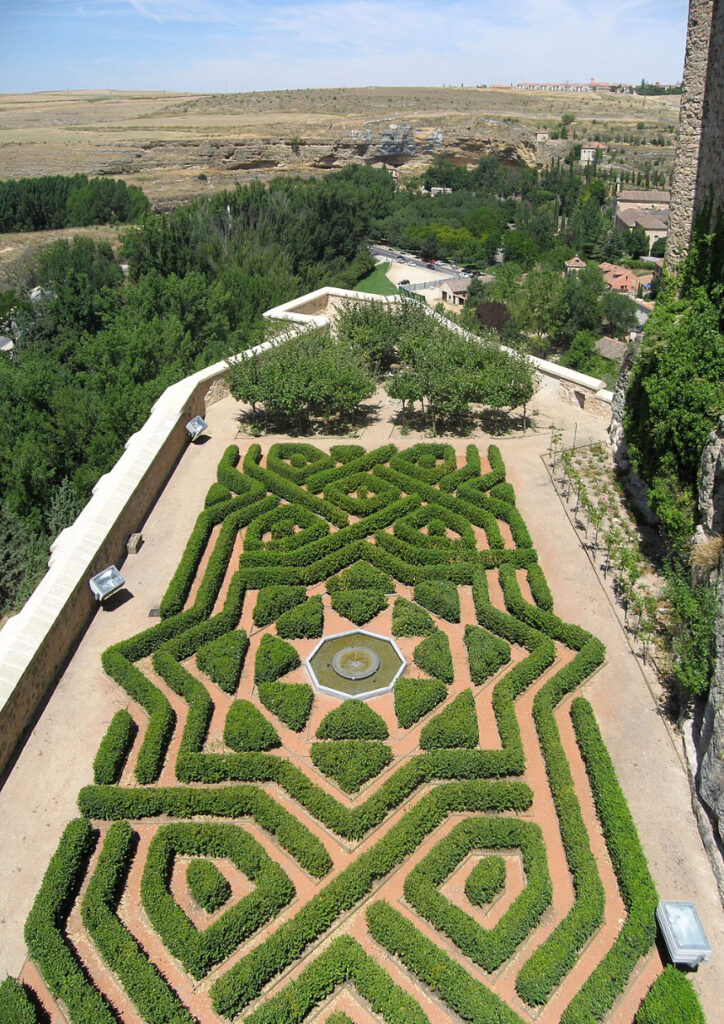
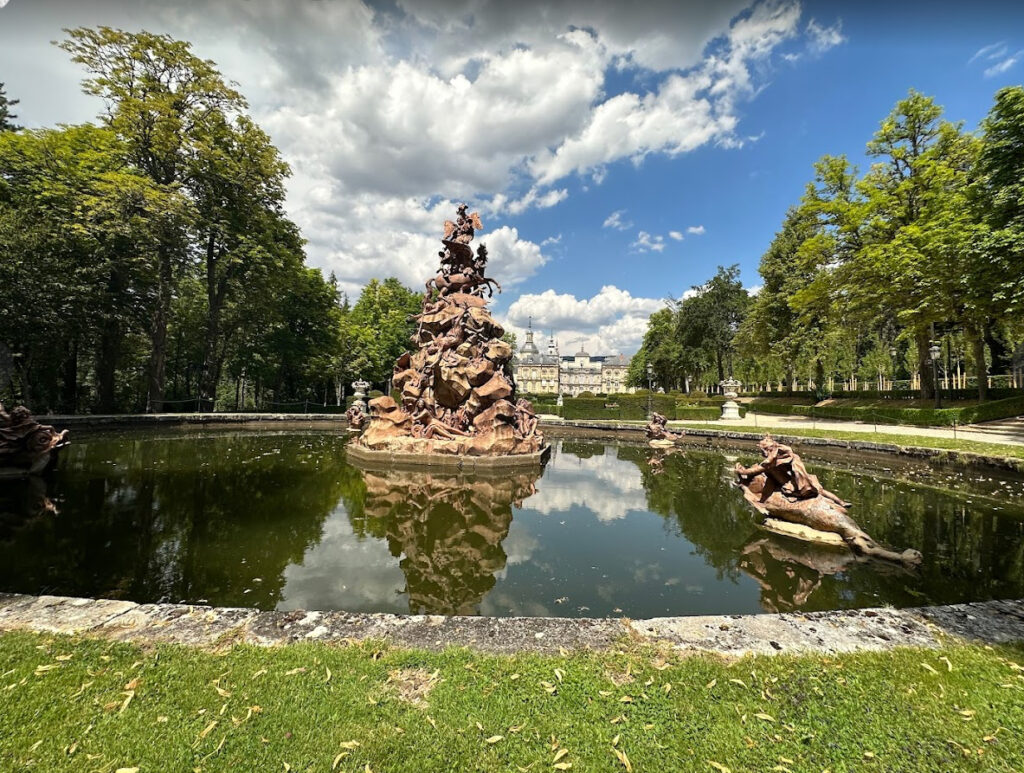
8. Casa de los Picos
• A unique 15th-century building known for its façade covered with pyramid-shaped granite points. Inside, it houses the Segovia School of Art and often hosts exhibitions.
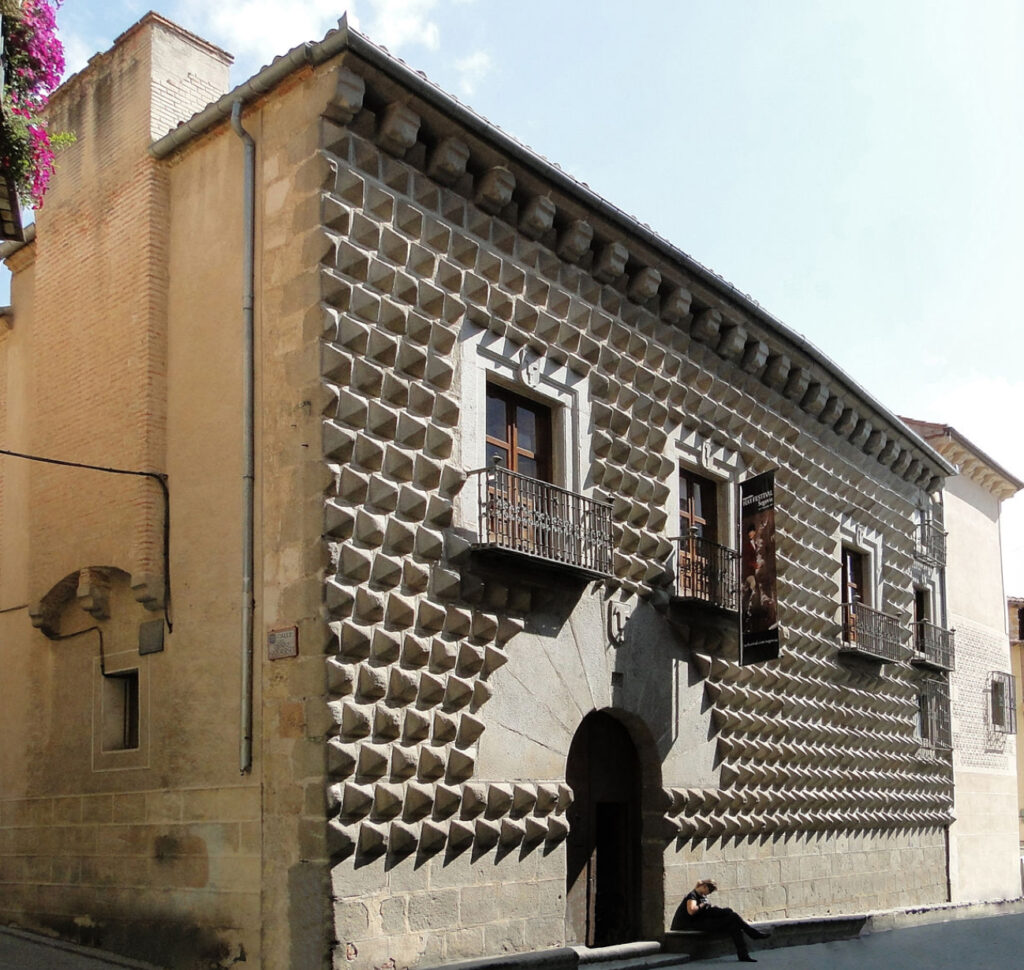
9. Iglesia de San Esteban
• A Romanesque church known for its tall tower, one of the most striking examples of Segovia’s medieval architecture. Its beautiful bell tower and simple interior reflect the austerity of Romanesque design.
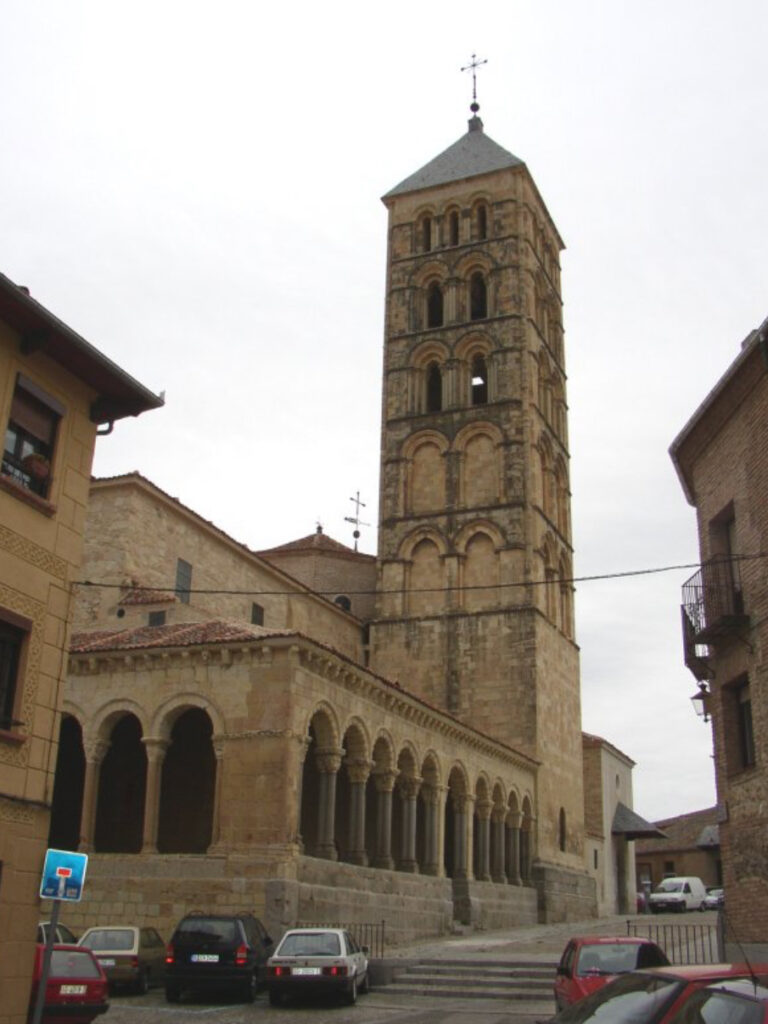
10. Muralla de Segovia (City Walls)
• Segovia’s medieval city walls date back to the 11th century and once encircled the city. Today, visitors can walk along portions of the walls and enjoy views of the old city and surrounding landscape.
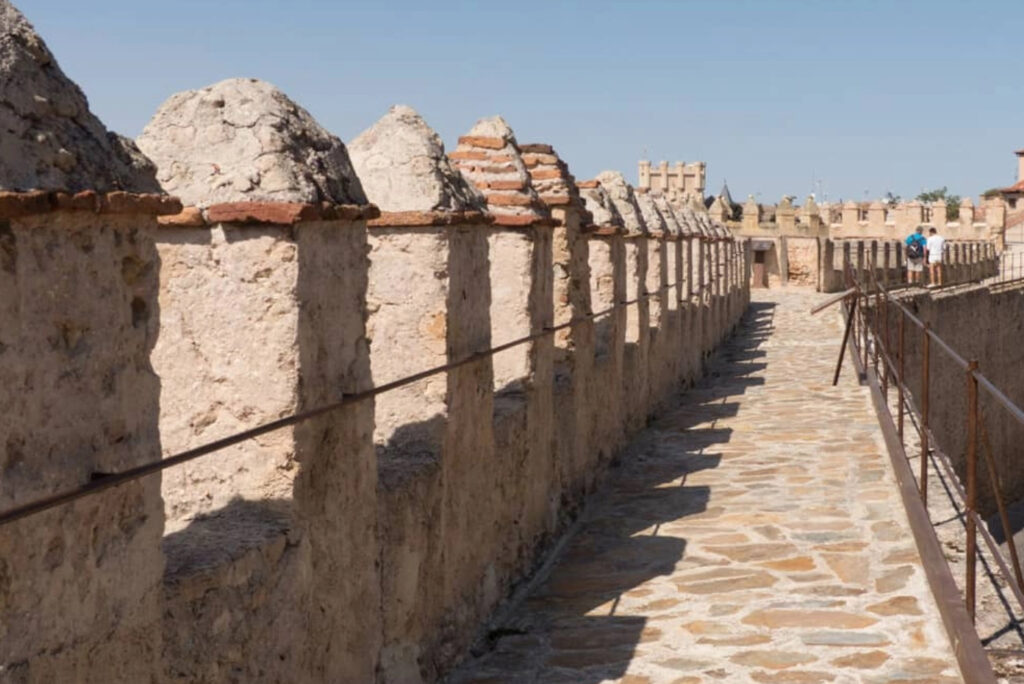
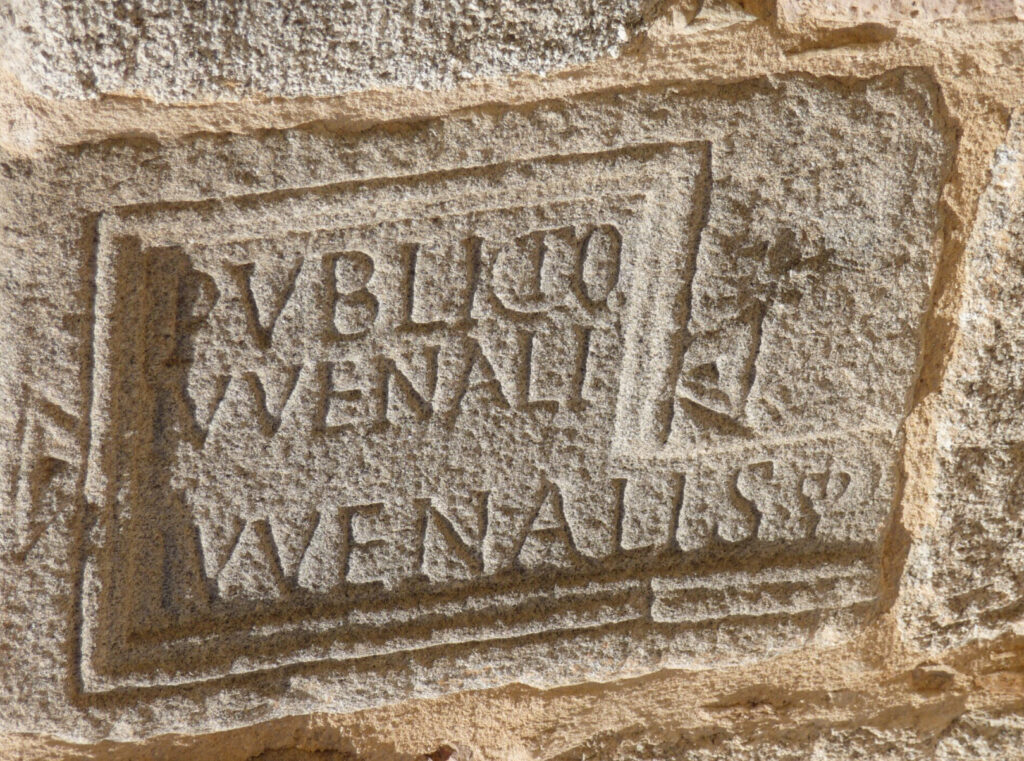
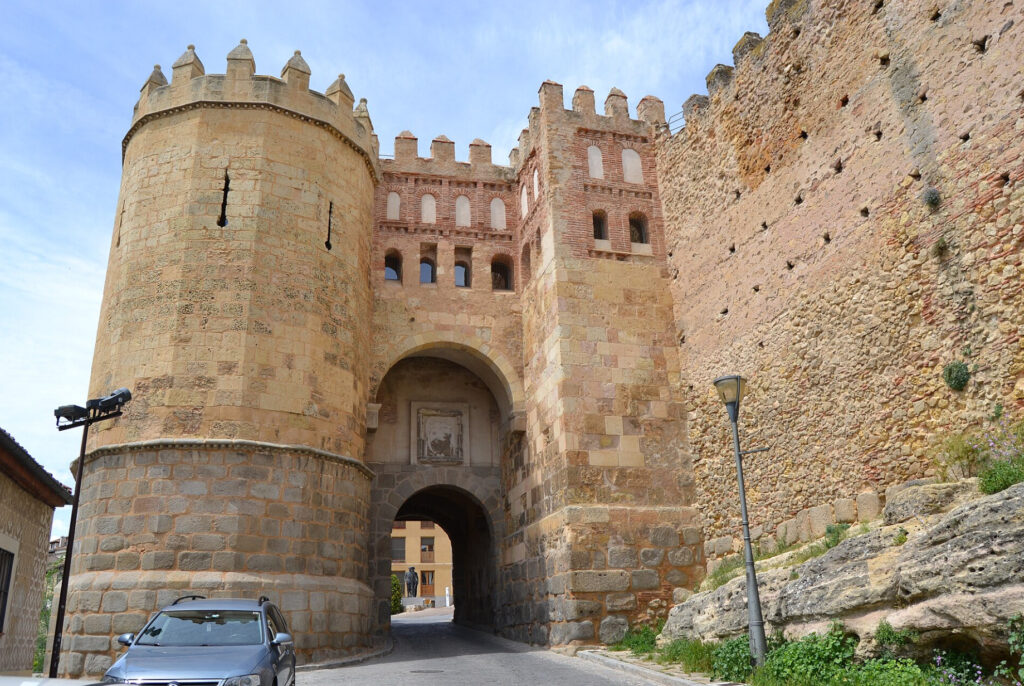
11. La Judería (Jewish Quarter)
• This historic district was home to a thriving Jewish community in the Middle Ages. Key sites include the Jewish cemetery and the Corpus Christi Church, which was originally a synagogue before being converted.
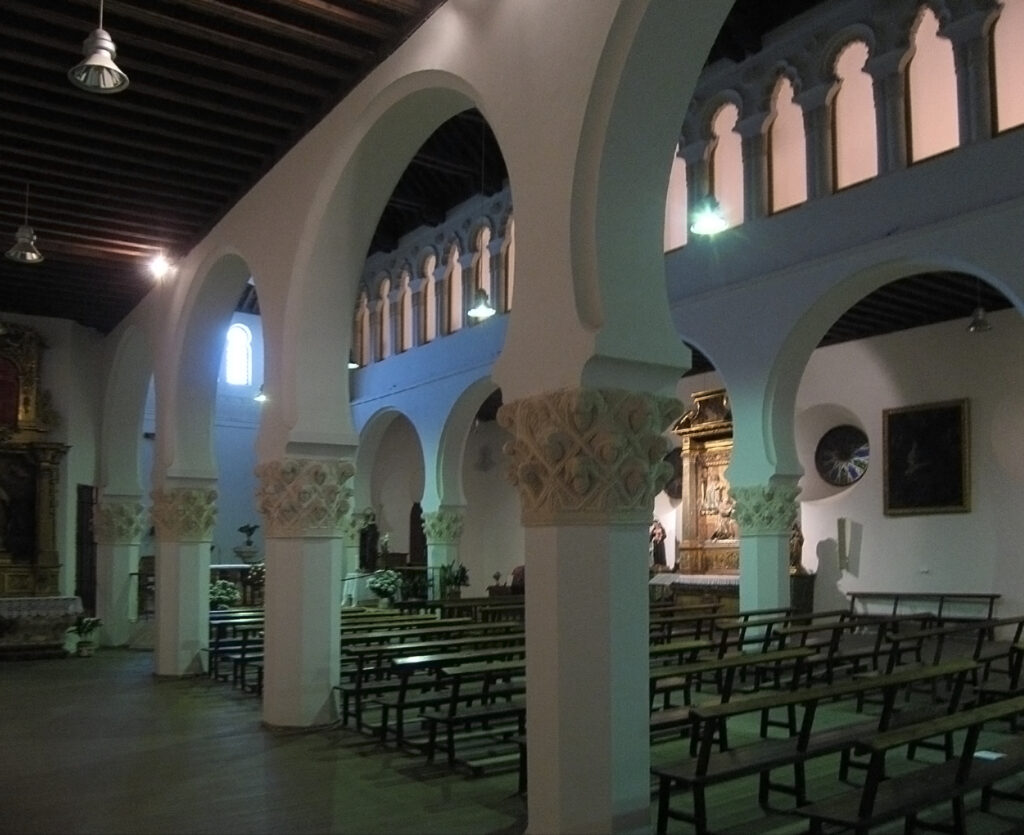
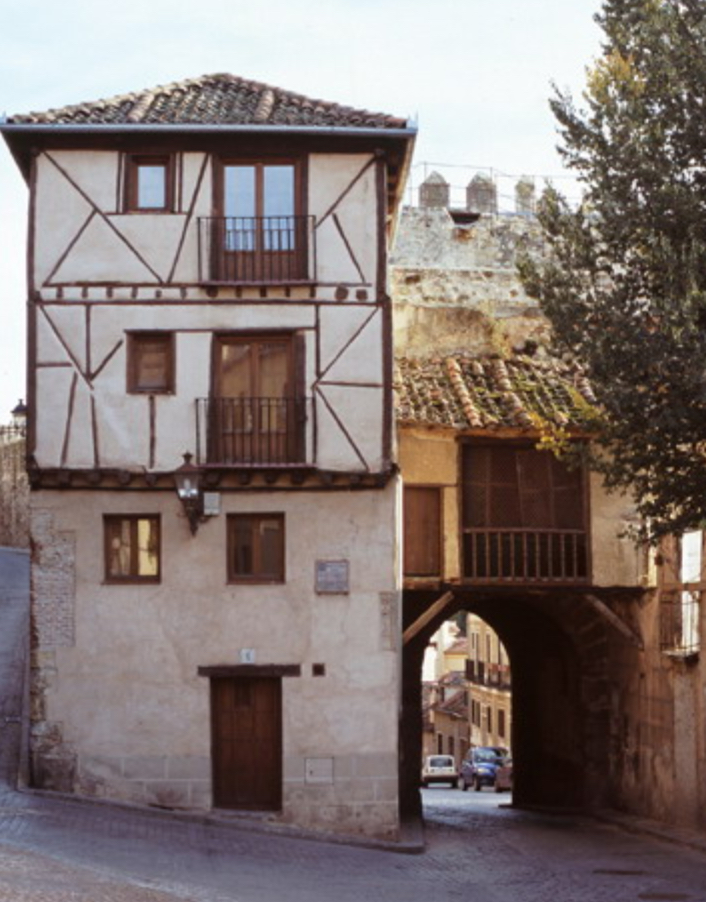
12. San Millán Church
• A significant Romanesque church dating back to the 12th century, located in the lower part of Segovia. It is known for its three naves and four apses, reminiscent of the style of the famous Jaca Cathedral.
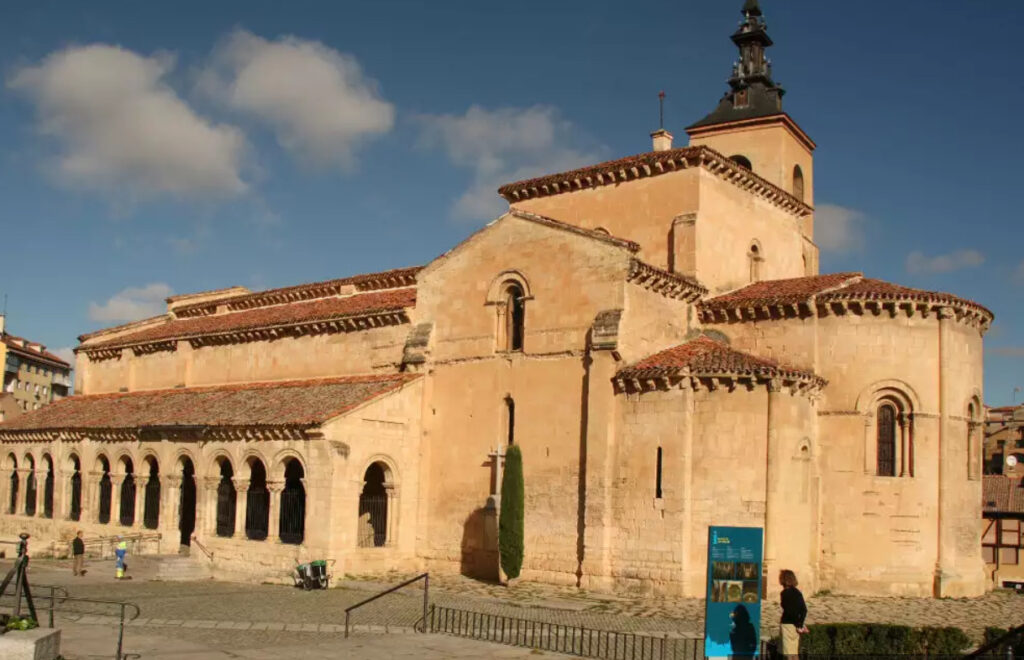
13. San Justo Church
• Famous for its well-preserved Romanesque frescoes from the 12th century, depicting scenes from the Bible and the life of Christ. The church is a small but important historical site for art and history lovers.
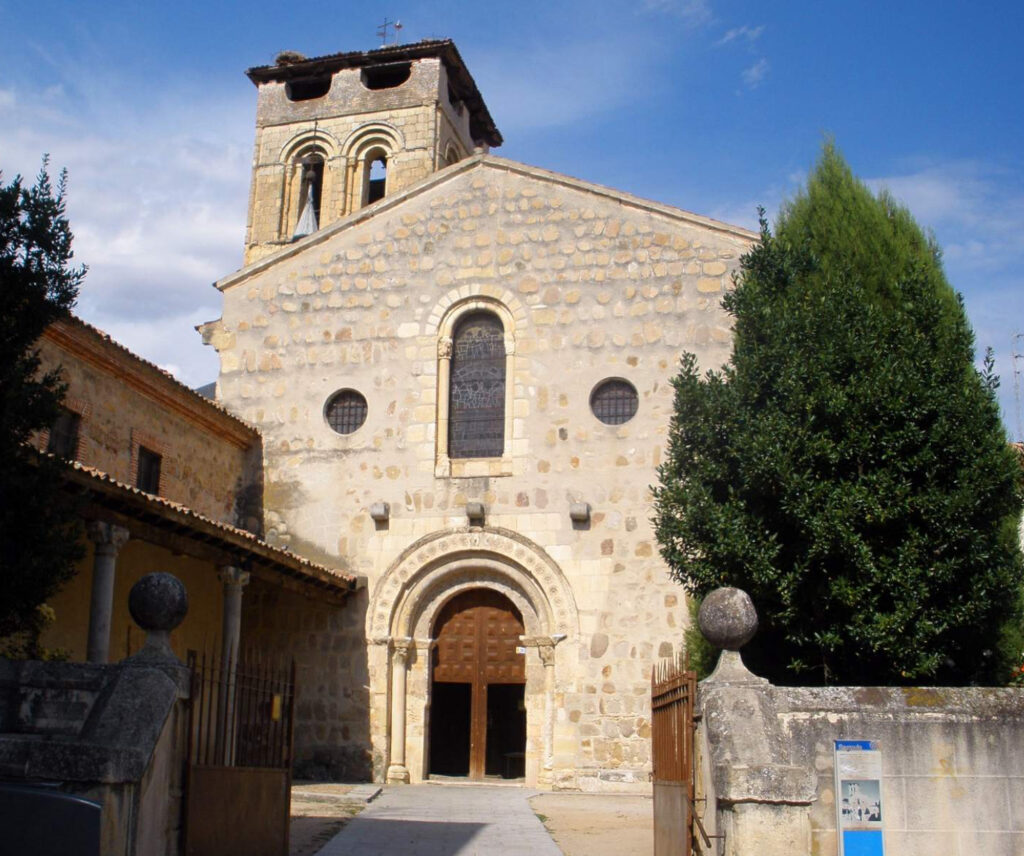
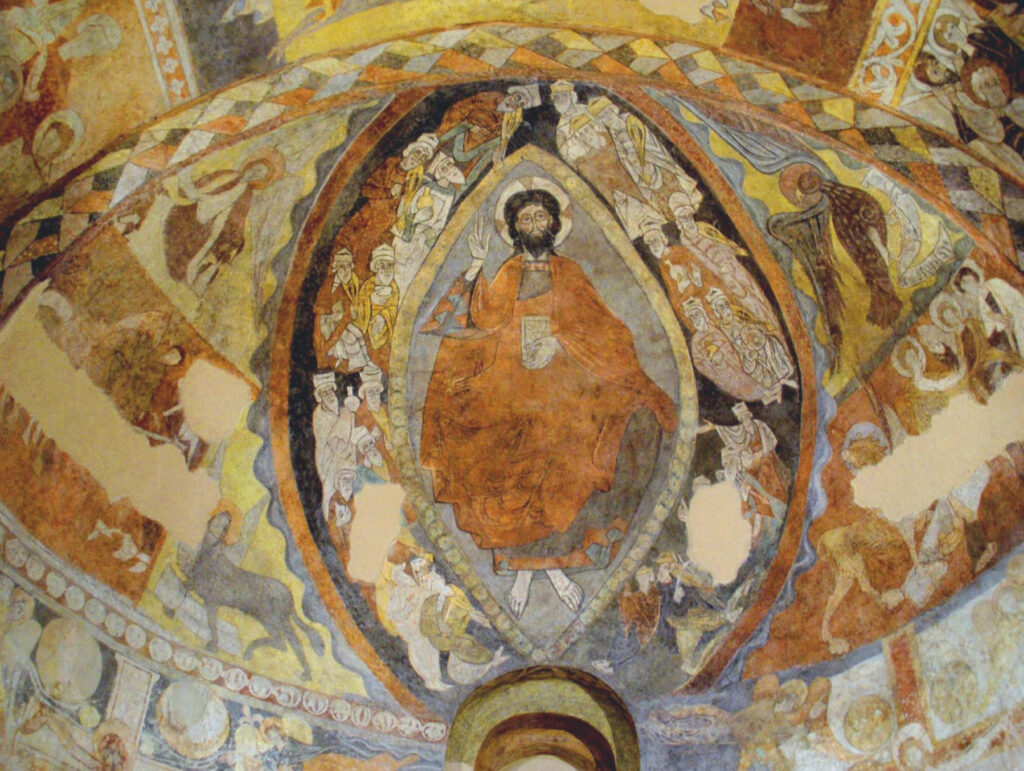
14. Museo de Segovia
• The museum is housed in the Casa del Sol and showcases archaeological finds, artwork, and artifacts from Segovia’s rich history, from prehistoric times to the modern era.
These attractions provide a deep dive into Segovia’s diverse historical layers, from its Roman past to medieval and Renaissance developments.
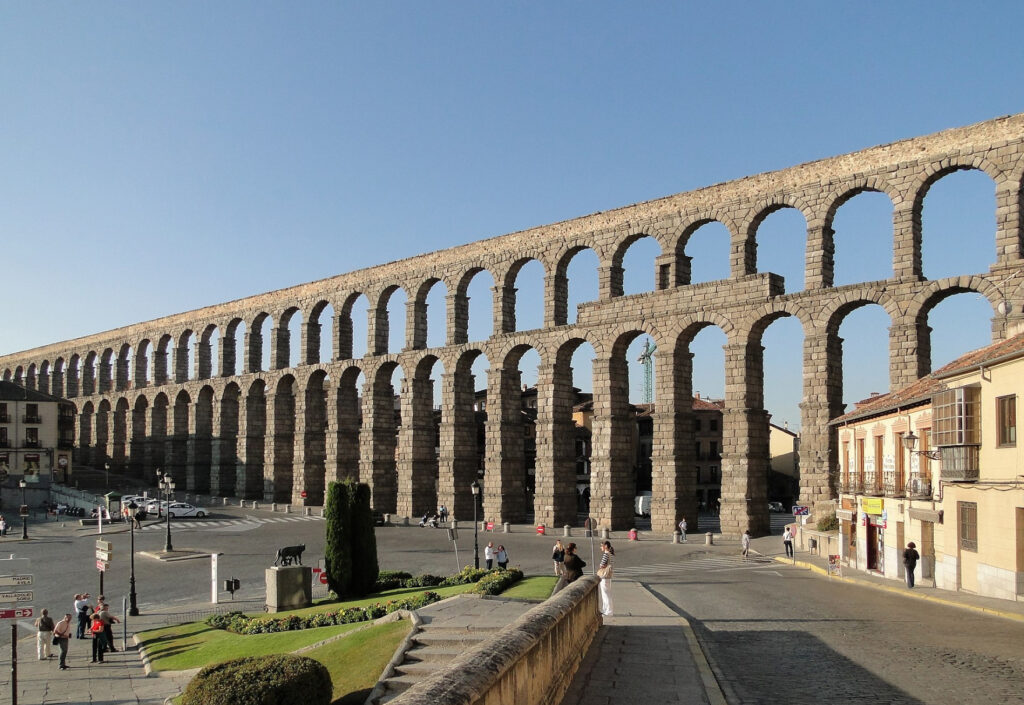
Here’s a suggested one-day itinerary for visiting Segovia that covers the major historical sites and incorporates local food specialties. The plan balances sightseeing with time to enjoy the city’s culinary delights.
Morning
1. Aqueduct of Segovia (9:00 AM – 9:30 AM)
• Start your day by visiting the famous Roman Aqueduct, one of Segovia’s most iconic landmarks. Take some time to admire its grandeur and take photos. The area around the aqueduct is also great for a morning stroll.
2. Alcázar of Segovia (9:45 AM – 11:15 AM)
• Head to the Alcázar, one of Spain’s most picturesque castles, located about a 15-minute walk from the aqueduct. Explore its richly decorated rooms, including the Hall of Kings and the Throne Room. Climb the John II Tower for spectacular views of Segovia and the surrounding landscape.
3. Plaza Mayor and Segovia Cathedral (11:30 AM – 12:30 PM)
• Walk through the medieval streets to Plaza Mayor, the central square of Segovia. Here, visit the Gothic Segovia Cathedral, known as the “Lady of Cathedrals” for its elegance and imposing architecture. Take some time to explore the cathedral’s interior and admire its stunning chapels and stained glass.
Lunch (12:45 PM – 2:15 PM)
Mesón de Cándido
• For lunch, enjoy one of Segovia’s most famous dishes, cochinillo asado (roast suckling pig), at Mesón de Cándido, located near the Aqueduct. This traditional restaurant is renowned for its crispy, tender cochinillo, which is ceremonially cut with a plate. Pair it with local wines like Rueda or Ribera del Duero.
• For dessert, try ponche segoviano, a traditional layered cake made with marzipan, cream, and sponge cake.
Early Afternoon
4. Iglesia de la Vera Cruz (2:30 PM – 3:15 PM)
• After lunch, visit this 13th-century Romanesque church built by the Knights Templar. It is a short drive or a 25-minute walk from the city center, located just outside the old town. The church’s unique 12-sided structure and peaceful interior make it a fascinating historical site.
Mid-Afternoon
5. San Esteban Church (3:30 PM – 4:00 PM)
• Return to the city center and visit San Esteban Church, one of the best-preserved Romanesque churches in Segovia. The church is known for its tall, elegant bell tower, one of the most significant features of medieval Segovian architecture.
Café Break (4:00 PM – 4:30 PM)
• Take a mid-afternoon café break at a nearby café in the Plaza Mayor, such as El Sitio, where you can relax and enjoy a coffee or a tarta de ponche segoviano (a Segovian cake) while soaking in the vibrant atmosphere of the square.
Late Afternoon
6. Casa de los Picos (4:45 PM – 5:15 PM)
• Head over to Casa de los Picos, a 15th-century palace known for its distinctive façade covered in pyramid-shaped granite blocks. The interior often houses art exhibitions and offers a glimpse of medieval noble life.
7. Muralla de Segovia (City Walls) (5:30 PM – 6:00 PM)
• End your afternoon with a walk along the remaining parts of Segovia’s medieval city walls. Enjoy the views of the city and the surrounding countryside, with a chance to see Segovia’s mix of Romanesque and Gothic architecture from a different perspective.
Dinner (7:30 PM)
Restaurant José María
• For dinner, visit José María, one of the city’s most acclaimed restaurants, also famous for its cochinillo. You can also try other Segovian specialties like judiones de La Granja (a hearty bean stew) or lechazo asado (roast lamb). End your meal with a traditional dessert such as natillas (Spanish custard).
Optional Evening Stroll (9:00 PM)
• After dinner, take a leisurely stroll around the illuminated Aqueduct and Plaza Mayor. The city has a magical ambiance in the evening, especially when the major landmarks are beautifully lit.
Summary of Major Stops:
1. Aqueduct of Segovia
2. Alcázar of Segovia
3. Plaza Mayor and Segovia Cathedral
4. Iglesia de la Vera Cruz
5. San Esteban Church
6. Casa de los Picos
7. Muralla de Segovia
Local Food Specialties:
• Cochinillo asado (roast suckling pig)
• Judiones de La Granja (bean stew)
• Ponche segoviano (traditional cake)
• Lechazo asado (roast lamb)
This itinerary allows you to see the key sights in Segovia while enjoying the city’s rich culinary traditions.
